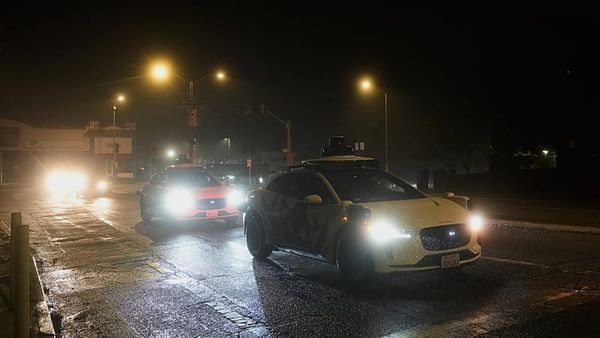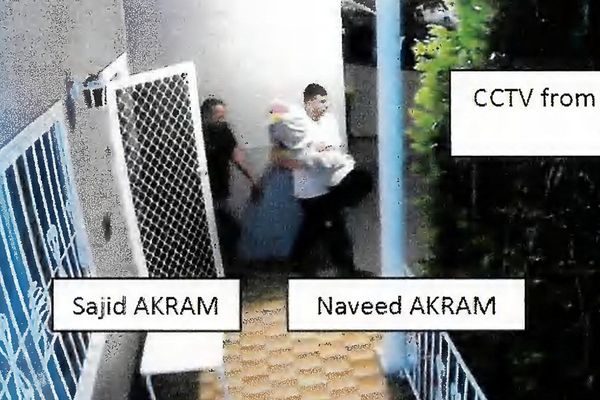
Two horticulturalists have undertaken a daring abseiling mission to rescue gumnuts from an endangered tree on a 300m cliff face.
Stan Wawrzyczek, a threatened flora ecologist at the Threatened Species Conservancy, spotted an endangered tree, Eucalyptus stenostoma (Jillaga Ash), 90m down the cliff in Wadbilliga national park in southern New South Wales.
Coincidentally, he had heard that Royal Botanic Gardens Victoria (RBGV) horticulturist Amy Downie could abseil – she cared for the RBGV’s Grey Garden, which has hard-to-reach plants on a steep slope.
She was roped in, along with her colleague Ollie Sherlock, rock climber, abseiler and acting team leader for natural systems.
“The abseiling site had never been descended before,” Downie said.
“We had to tie two ropes together because they weren’t long enough.”
Sign up: AU Breaking News email
The pair collected gumnuts from four trees using a pole pruner. They will be used to grow seedlings to create back-up populations, saving the Jillaga Ash from extinction.
Cuttings will also be stored and dried.
Jillaga Ash is only found in Wadbilliga and nearby Deua national park, and the Wadbilliga population was nearly destroyed in the black summer bushfires.
It grows up to 25m, lives for up to 400 years, but does not have the post-fire regeneration capability of other trees.
It usually grows on very steep slopes, rocky hilltops and ridgelines with shallow soils, and “often has a characteristic downhill lean”, according to the NSW government.
The government has funded the conservancy to save six species in the area, including the Jillaga Ash.
“The five-day trip involved camping, four-wheel driving, hiking through dense vegetation, climbing and abseiling, surveying, collecting and botanising,” Downie said.
“Following the success of this mission, we are considering new locations in which abseiling can be used to rescue endangered plants.”
Sherlock said they had to work without mobile phone service, and tackle some tough 4WD tracks. He thinks drones could be used in the future to spot plants and assess any risks before going in for retrieval.
The Jillaga Ash cuttings will be stored in RBGV’s state botanical collection, which has more than 1.5m specimens and at the National Herbarium of NSW. The seeds will be stored in the nurseries at Royal Botanic Gardens Melbourne and Cranbourne.
• This article was amended on 2 November 2025 because an earlier version said that the Jillaga Ash seeds will be stored in RBGV’s state botanical collection. It is the cuttings that will be stored there; the seeds will be stored at the Royal Botanic Gardens Melbourne and Cranbourne.







